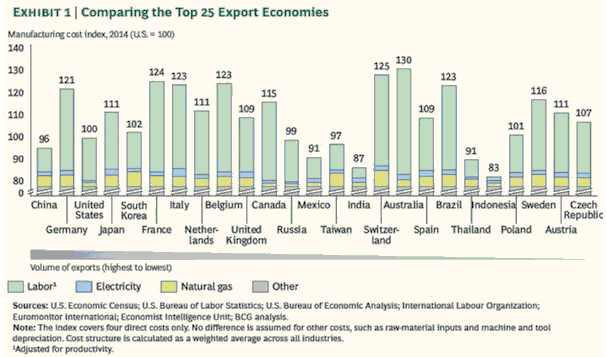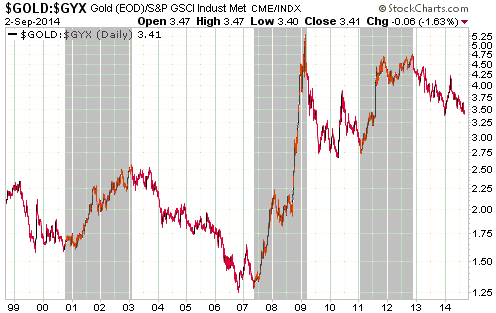A number of markets are currently at sentiment and momentum extremes. Generally, the Dollar Index is very extended to the upside in terms of both sentiment and momentum, whereas the markets that benefit from a weaker US$ are very extended to the downside in terms of both sentiment and momentum. With regard to the markets that are stretched to the downside, here are some of the most extreme cases based on Market Vane bullish percentages and daily RSIs (Relative Strength Indexes) over the first four days of this week. Note that a market is considered to be ‘oversold’ when its daily RSI(14) drops to 30, while a daily RSI reading of 20 or lower is a rarely-reached extreme.
1) The following extreme daily RSI(14) readings were recorded during the past four days:
– 19.2 for the Continuous Commodity Index (CCI)
– 14.3 for the TSXV Venture Exchange Composite Index (CDNX), a proxy for junior Canadian resource stocks
– 14.5 for platinum
– 15.4 for silver
– 16.4 for the silver/gold ratio
– 16.2 for the Yen (note: the daily RSIs for the euro and the Pound went below 20 earlier this month, but are now a little higher)
2) The following extremely low Market Vane bullish percentages were recorded over the past four days:
– 22% for silver (the lowest level in more than 10 years and possibly a multi-decade low)
– 20% for corn
– 14% for wheat (one of lowest levels ever, in any market)
Negative sentiment and momentum extremes do not necessarily mean that a price low is imminent. The meaning is that there will be a lot of potential energy to drive a rally after the price trend reverses.
 Print This Post
Print This Post



